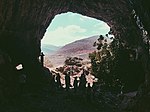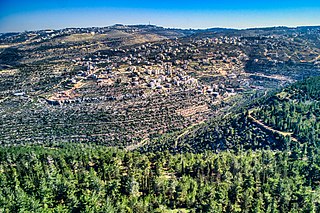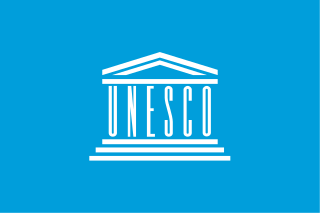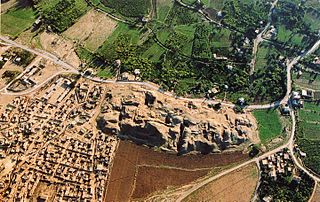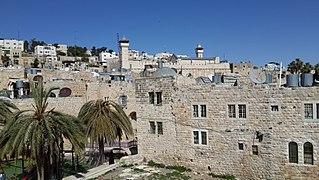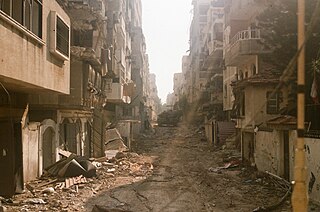The United Nations Educational, Scientific and Cultural Organization (UNESCO) World Heritage Sites are places of importance to cultural or natural heritage as described in the UNESCO World Heritage Convention, established in 1972. [1] Cultural heritage consists of monuments (such as architectural works, monumental sculptures, or inscriptions), groups of buildings, and sites (including archaeological sites). Natural heritage is defined as physical and biological formations, geological and physiographical formations (including habitats of threatened flora and fauna), and sites which are important from the point of view of scientific research, conservation or natural aesthetic. [2]
Contents
- World Heritage Sites
- World Heritage Sites located in East Jerusalem
- Tentative list
- See also
- References
The State of Palestine accepted the convention on 8 December 2011, making its cultural and natural heritage sites eligible for inclusion on the list. As of 2024 [update] , there are five World Heritage Sites in Palestine, four in the West Bank (the Church of the Nativity as the Birthplace of Jesus and associated Pilgrimage Route in Bethlehem; Hebron's old town; Battir's Land of Olives and Vines as a Cultural Landscape of Southern Jerusalem; and Tell es-Sultan in ancient Jericho) and one in the Gaza Strip (Saint Hilarion Monastery/Tell Umm Amer). [3] Three are on UNESCO's List of World Heritage in Danger. [4] [5] [6] The Birthplace of Jesus site was once on the list from 2012 to 2019. [7] In addition, the Palestinian government has put 13 sites on its tentative list, meaning they intend to nominate them as World Heritage Sites sometime in the future. [3]
The Hashemite Kingdom of Jordan proposed the Old City of Jerusalem and its Walls, located in East Jerusalem, to be listed as a World Heritage Site. The site is not assigned to a state on the UNESCO listing, [8] with respect to its disputed status on whether it belongs to the State of Israel or Palestine. In 2011 UNESCO stated that it "continues to work to ensure respect for the outstanding universal value of the cultural heritage of the Old City of Jerusalem. [...] In line with relevant UN resolutions, East Jerusalem remains part of the occupied Palestinian territory, and the status of Jerusalem must be resolved in permanent status negotiations." [9]
Due to the conflict between the two countries, Israel has been a vocal critic of Palestine's position in UNESCO since its plans to enter, and left the convention in 2019 with the United States, accusing it of being dismissive of their heritage. Tell-es-Sultan's inclusion as a Palestinian site was criticized by its Foreign Ministry as "another sign of Palestinians' cynical use of UNESCO and politicization of the organization" and wishes to revert the "distorted decisions". [10] Meanwhile, Palestine's Minister of Agriculture Riad Attari deemed the inclusion as a step toward their right to return. [11] Experts argued that the Israeli cabinet is the one politicizing UNESCO, with Israeli heritage organization Emek Shaveh noting that the part of Jericho claimed by Israel is not the one listed. [12] Prior to their leave, Israel has made gradual cuts in funding for the UNESCO in dismay towards the progression of Palestine's World Heritage List. [13]
















